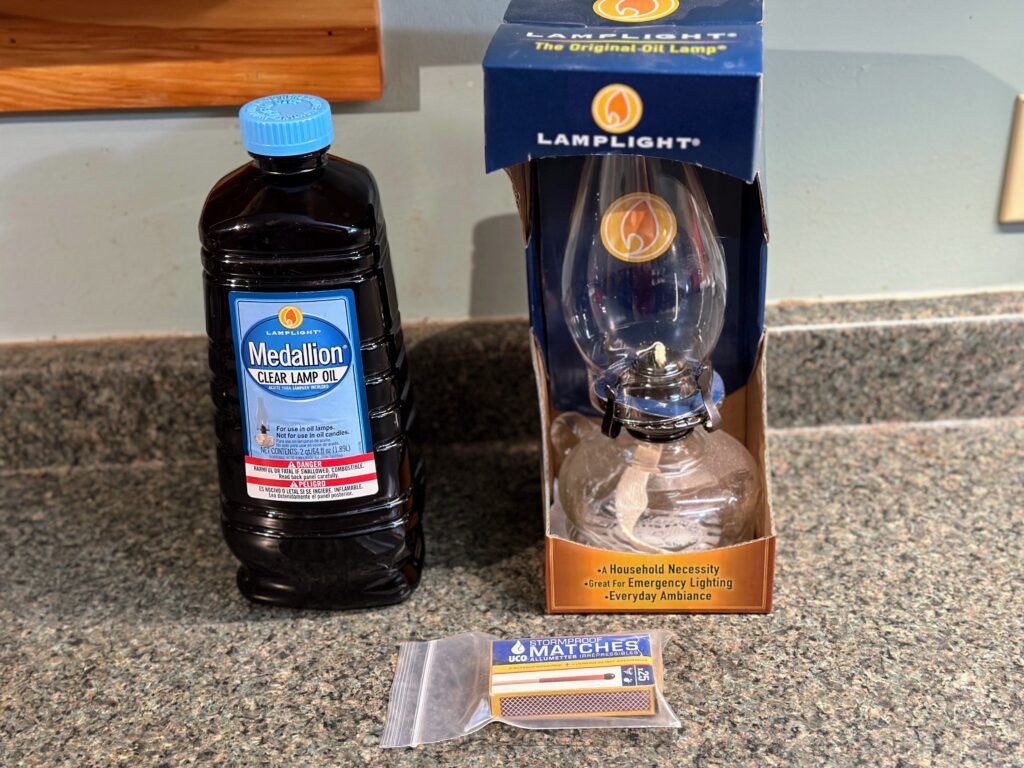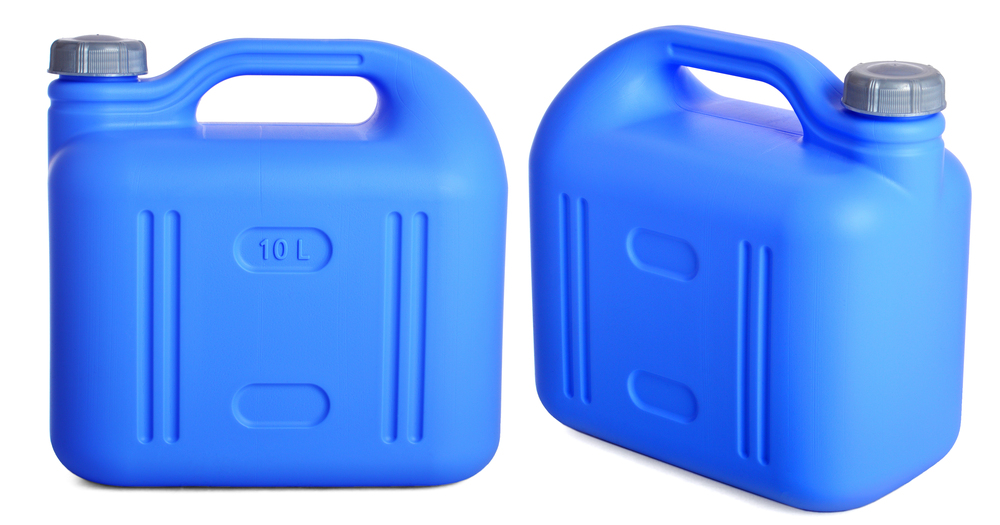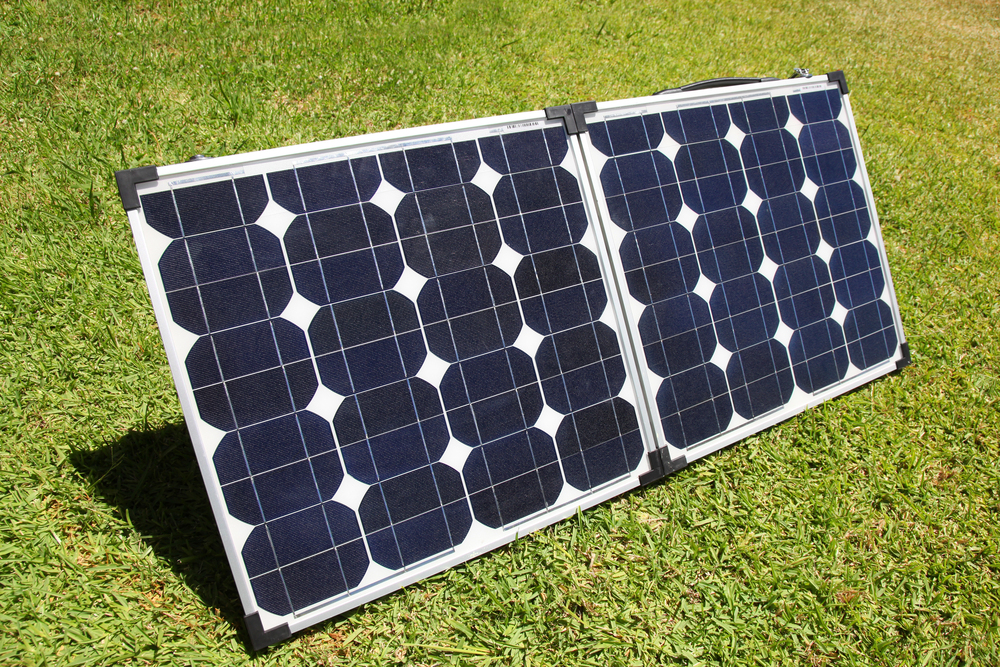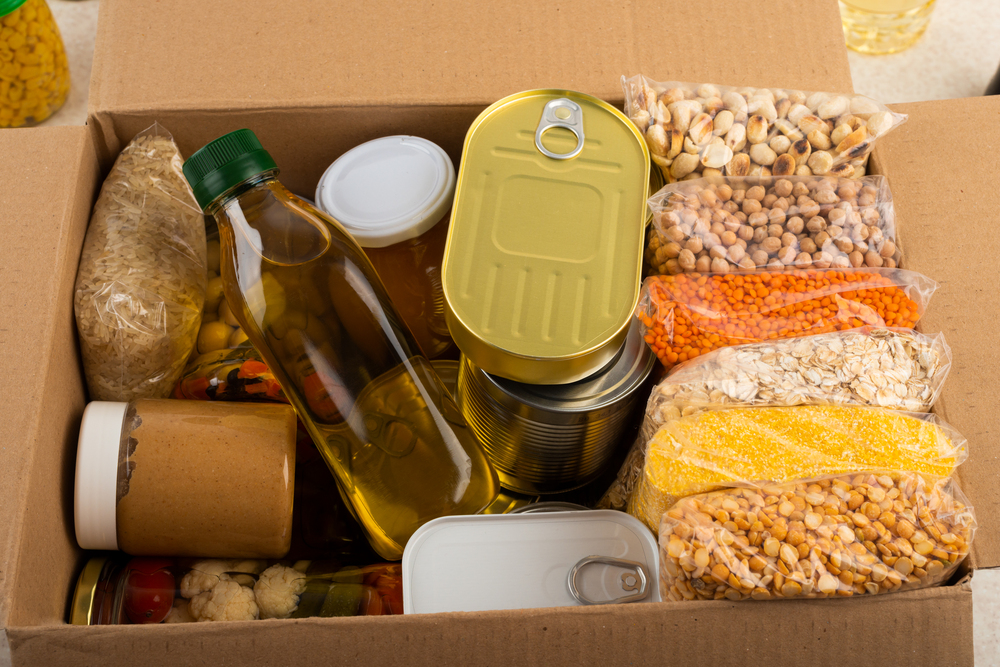What’s worse than an SHTF scenario? Being completely in the dark when SHTF.
We’ve all experienced a power outage at some point in our lives. Most of us have some form of emergency lighting just in case – usually a few flashlights which might or might not have batteries in them, and the batteries might or might not be fresh. And maybe we’ve also got some dusty candles, and there are definitely matches somewhere…where are they again?
Whether you’re anticipating a permanent grid-down scenario or natural disasters which knock power out for a long time, like a week or more, emergency lights should be part of your survival kit.
It’s a matter of both convenience and safety. Once the sun goes down, you do not want to be stumbling around in the dark trying to figure out how to cook your next meal. Reliable lighting sources are an important part of your emergency kit. And if you end up having to bug-in long term, being able to see at night is going to significantly contribute to your quality of life.
When I lived in Florida, I went through more hurricanes than I care to remember, and sometimes it would take days or weeks to restore power. Over the years I started upping my emergency lighting game, and I’m here to share with you my 15 best emergency lighting sources for preppers.
Disclosure: There are affiliate links in this article and I may get commission if you purchase through these links. It will not cost you anything additional, and helps support this site!
Organizing your emergency lighting sources
As I found out the first time that we lost power in a hurricane, it’s not enough to just have lighting sources that don’t depend on electricity. You need to know where they are, and so every family member who’s old enough to turn on a flashlight. It’s a basic part of emergency preparedness; know where all of your emergency equipment is.
Your kids should have flashlights in their nightstands, and know where they are. They should have at least two flashlights. Remember the principle of ‘two is one, and one is none’. Machines fail and break, batteries run out. If you urgently need something, whether it’s food or medicine or a reliable lighting source, then you need a backup for when things don’t work.
I would not suggest letting your kids have candles in their rooms. It’s too much of a safety concern.
The adults in the house should have several flashlights in their nightstand, as well.
There should be a couple of flashlights in each room, and you and everyone in your family should know where they are. Again, regularly check the flashlight batteries. That way, in a sudden power outage, nobody’s stumbling around, tripping over the dog and breaking a limb. Unfortunately, emergency situations never happen at a convenient, pre-scheduled time.
Flashlight batteries don’t last forever, though. It’s good to have rechargeable batteries, and to have a lot of batteries of all sizes stockpiled – aaa batteries, aa batteries, C batteries, D batteries, 9 volt batteries are some of the most popular and commonly used – but in a long term grid-down situation, you’re going to need alternative lighting sources as well.
And, make sure that you have plenty of disposable lights and matches as well.
Your Emergency Lighting Sources
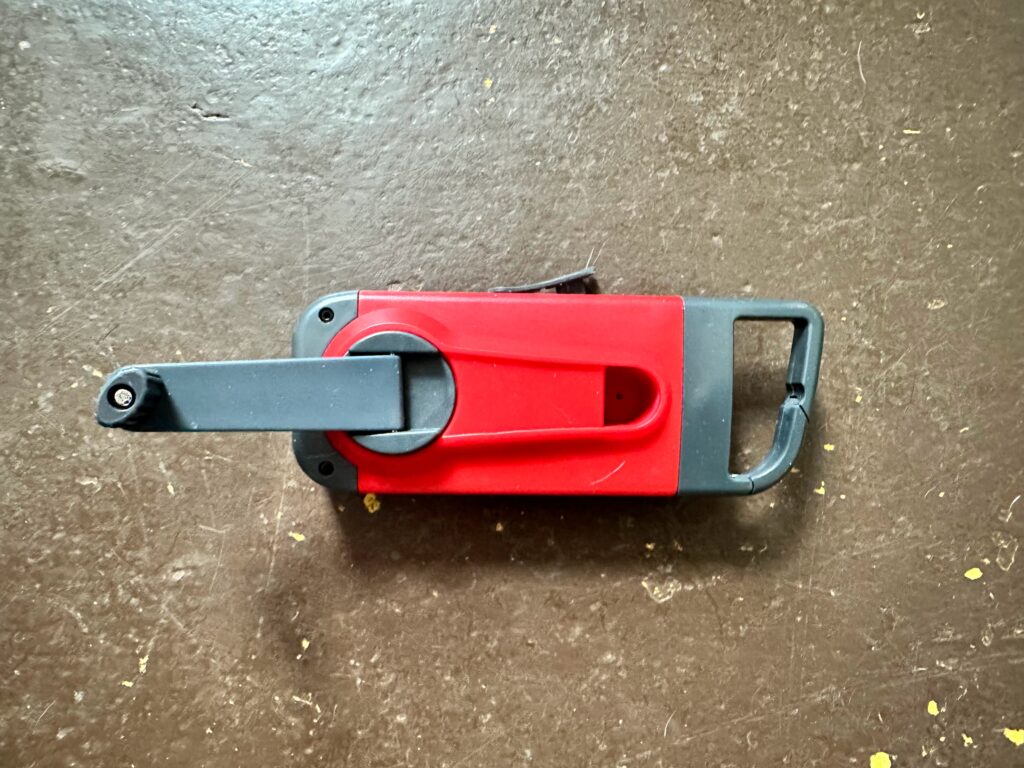
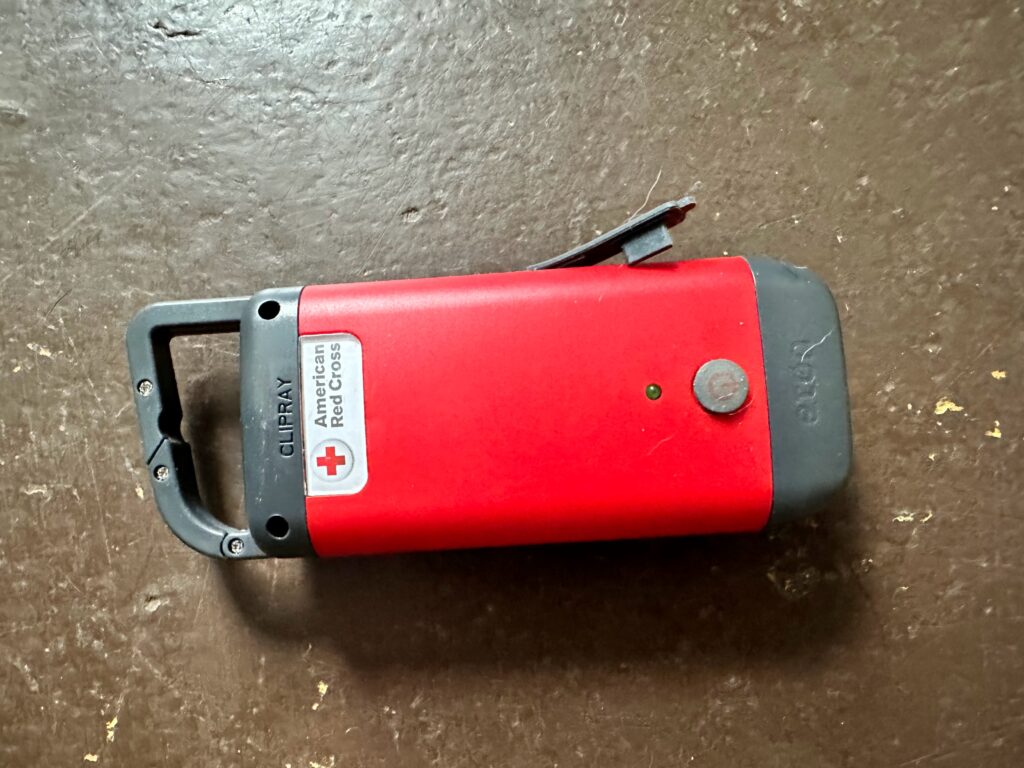
1.) Flashlights. You should have lots of them, with rechargeable batteries, a few stored in each room, and make sure your family knows where they are. Make sure you have several hand-crank flashlights. There are hand-crank flashlight radios, and hand-crank flashlights which can also charge a cell-phone. A good flashlight is one that multi-tasks in an emergency! It’s also a great idea to have tactical flashlights, which have different lighting modes.
2.) Solar Light. You can leave the lights outside during the day to charge up, and bring them in every afternoon/evening. Depending on your circumstances, you might want to leave solar lights outside to light up your yard to discourage looters/burglars, or you might want to bring them all inside because the lights might draw attention to your house. If you’re in a neighborhood with lots of other houses around you, it could be a good idea to discuss tactics with your neighbors, including what you’re ging to do for emergency lighting.
Practical considerations: This should be a supplementary lighting source for you. If it’s stormy out, or if it’s not safe to go outside, you won’t be able to charge your solar lights.
3.) Oil lamps, and lamp oil. Vegetable-oil lamps, and lamps burning animal fat, have been used for thousands of years. Oil lamps were used in ancient Ur 4500 years ago. They would use plant matter for wicks. Those oil lamps weren’t as good as our commercial oil lamps today, and would produce a flickering light that produced a lot of soot.
Lamp oil is made from paraffin. For your oil lamp, make sure that you are using lamp oil which is intended for indoor use. Take precautions; don’t burn the lamps near anything which could catch fire, like curtains. Don’t leave lamps burning unsupervised. Also, make sure you have waterproof matches as well as regular matches, just in case.
4.) Kerosene lamps, and kerosene. Kerosene lamps are only meant to be burned outdoors, but if you are in a situation where it’s safe to have lights on outside, it could be handy to use them while you’re outdoors cooking on your grill, lighting your way to the outhouse at night, etc.
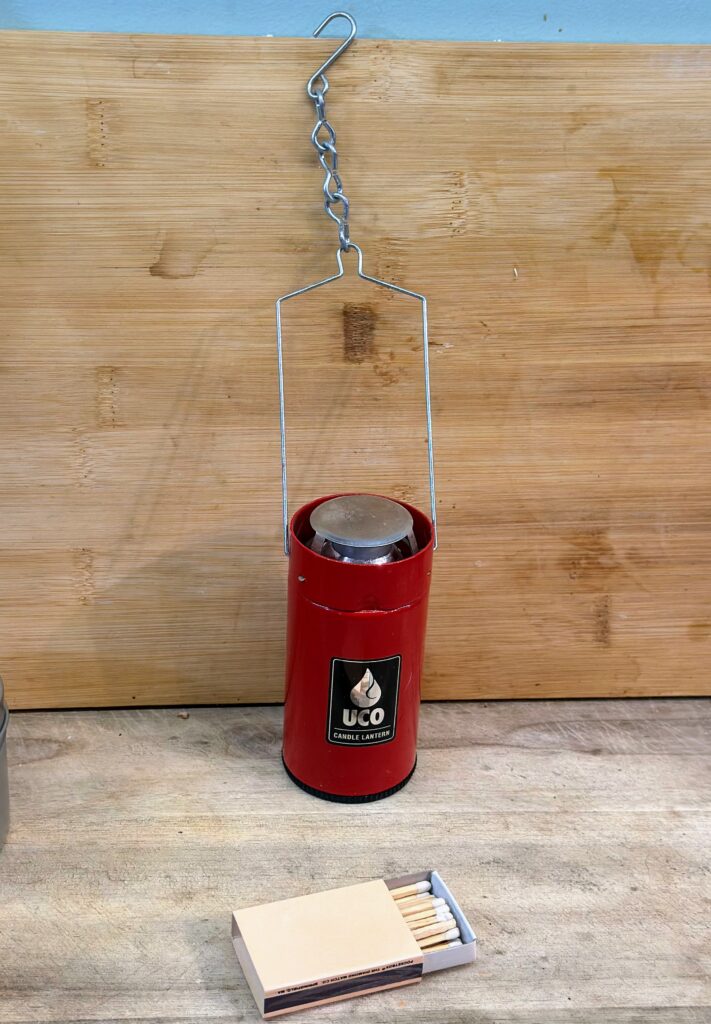
5.) Long-burning candles and candle lanterns. I have little camping lanterns; each one has an emergency candle that can burn for up to 10 hours each. These are good for both bugging in, to have some light in your house at night, and to pack in your bug out bags. Again, make sure that you don’t burn candles near anything flammable. Also, see the chain on that candle lantern, the one that it hangs from? That thing gets red hot when the candle is burning. I found that out the hard way. You need to be careful handling that hook and chain, and also be careful that what you hang it from is not flammable.
6.) Olive Oil Lamps. Lehmans, one of my favorite stores, sells olive oil lamp parts. (Not an affiliate link! I just think it’s wicked cool.) You can make a little lantern using a mason jar, wicks, and olive oils. It’s also a really fun project to do with your kids, to teach them some important prepping/survival skills. Make sure that you teach them about fire safety while you are working on the lamps. You can also use other vegetable oils, and cooking oils, like canola oil, but they produce more smoke than olive oil.
7.) Headlamps. These are especially useful outdoors, if you are camping or bugging out, but you can use them inside the house, too, or when you’re walking to the outhouse at night, or feeding livestock after dark. The disadvantage, of course, is that they depend on batteries. In a long-term grid down scenario, eventually batteries will stop working. However, there’s always the hope that the grid will come back up eventually, even if the world looks very different by then.
8.) Fireplace. If you can build a wood fire, the fire will provide some light. Advantages: It will also provide heat, and also you can cook food over the fireplace. Disadvantage: In some grid-down scenarios, if there is wide-spread societal collapse, you are going to have to decide if it’s worth the risk to have smoke coming out of your chimney. Smoke from a chimney fire is very obvious and can be seen for miles.
9.) LED emergency road flares with rechargeable batteries. Some of them can provide solid light (as opposed to flashing light) for up to two hours. If it was a long-term grid-down scenario, you’d need a generator of some sort to recharge those batteries; a hand-crank generator would be ideal, because at some point, propane or gas for the generator’s going to run out.
10.) Hand-crank camping lantern. Anything that does not rely on electricity or batteries is going to be so useful in a grid-down situation. Yes, it will require some effort to crank it and charge it, but the TV’s not working and it’s the end of the world, so what else are you doing with your time? You can have your kids crank the lantern too.
11.) Pine cone torch. You can take a greenwood stick – one that is not dry and prone to burning, and cut the end of it open with a small axe or a camping knife. Cut it both ways so you are making an x on the end of the stick.
Next, scrape pine resin from a pine tree – don’t use a knife because the resin will ruin the knife. You can use another stick, or a sharp rock. Gather the resin in a bowl.
Get a dry pine-cone and put little pieces of resin into all of the little pine cone openings.
Shove the pine-cone into the end of the greenwood stick. Light your pine-cone and…you have your own flaming torch! Now you and the villagers are ready to go storm Frankenstein’s castle.
12.) Rechargeable light-bulbs. Even after the end of the world, you can still have light bulbs! You don’t put them in your lamps, you hang them from the little hangers they come with. Again, this requires some kind of power source, like that hand-crank generator.
13.) Luminaid Quick-Inflate Solar Lantern with dual phone charger. Expensive, but very useful if SHTF. Good for bug-out situations as well as staying at home. There are numerous types of solar lanterns; find the one that works best for you.
14.) You can light a crayon on fire and it will burn for about 30 minutes. You will need a ceramic plate or some other non-flammable surface. Get a lighter or matches, and melt the bottom of the crayon, and stick it on the plate so it will stand upright. Then, burn the top of the crayon off until it gets down to the paper. The paper will catch on fire. As with all lighting sources that involve fire, make sure that you use precautions, and don’t leave the flame burning unsupervised.
15.) Fireflies. If it’s the right time of year, you can put the fireflies in a jar and actually get a little lighting for the evening. Poke holes in the top of the jar. The fireflies will only last for one night.

